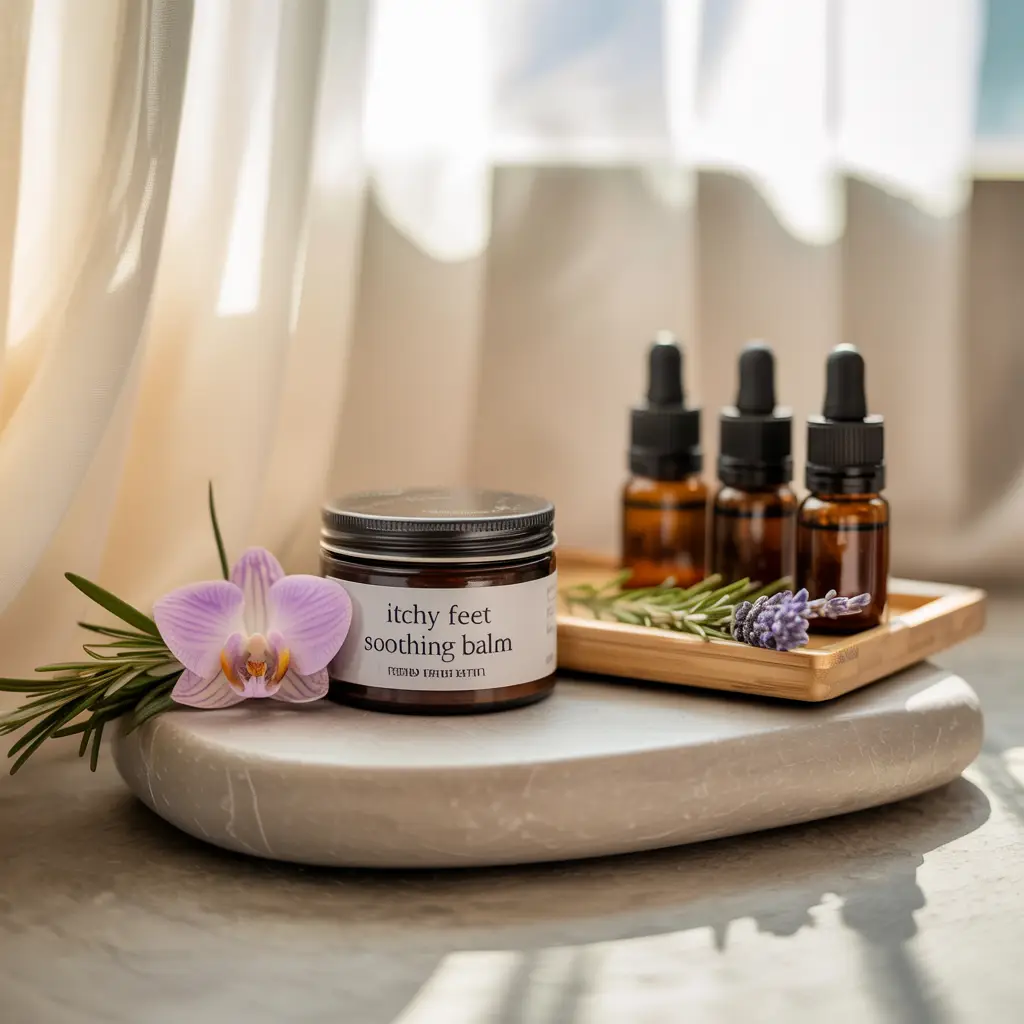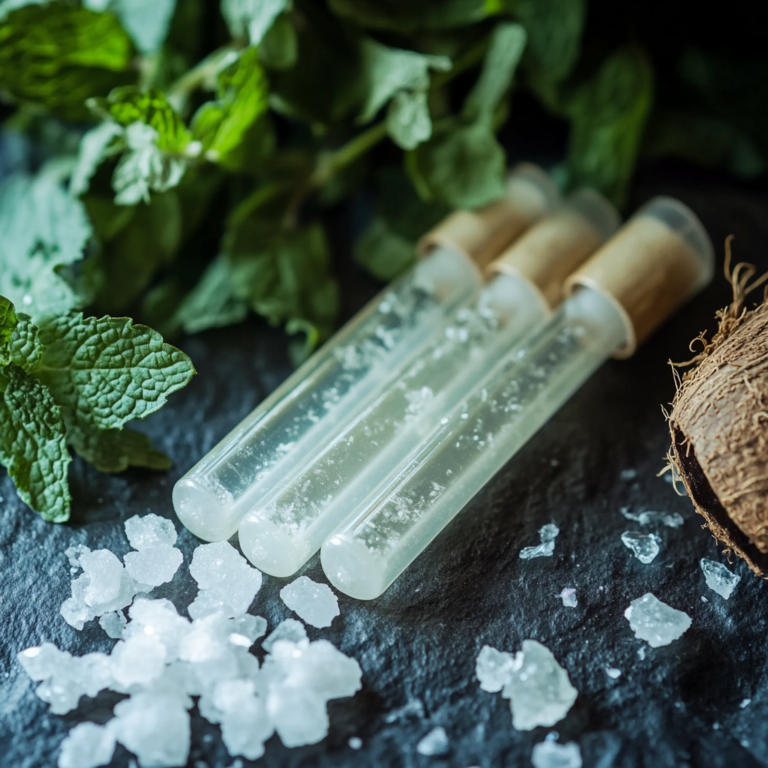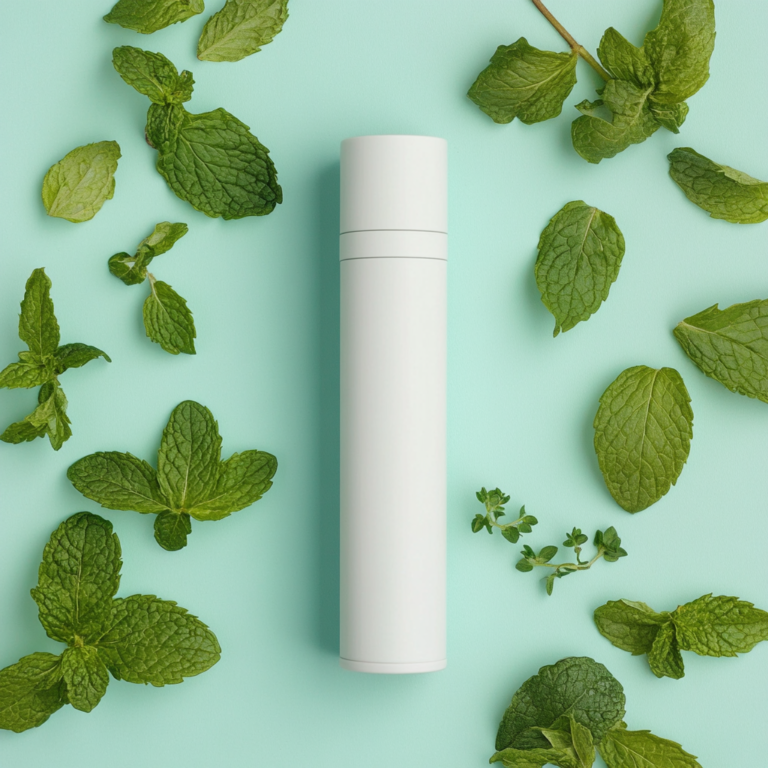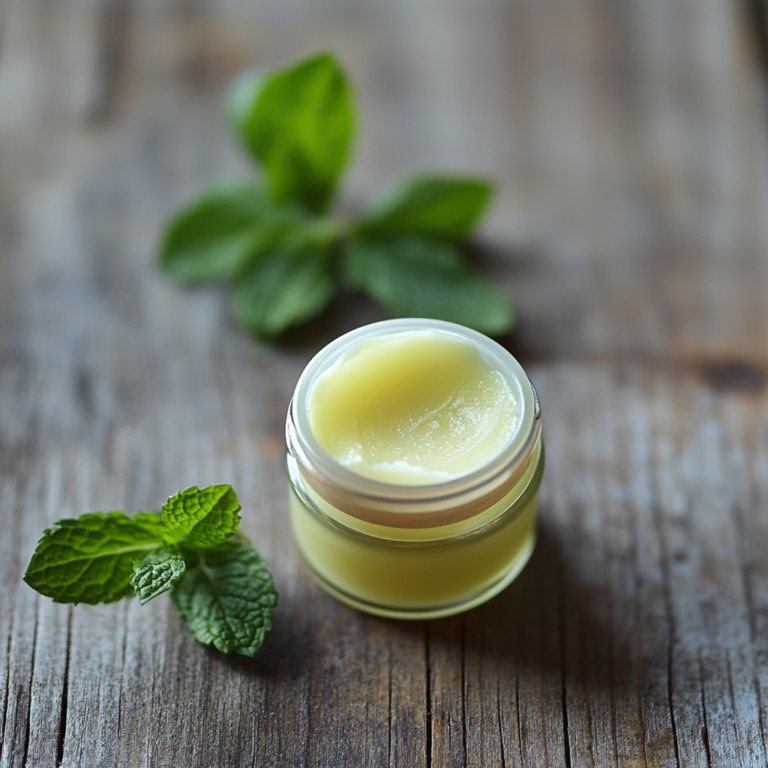Introduction
If you've ever experienced the discomfort of itchy feet, you know it's not just an inconvenience—it can be quite distressing. Itchy feet can result from various causes, including dry skin, fungal infections, or allergic reactions. Fortunately, essential oils provide a natural and effective solution to relieve itchiness and promote healthier skin.
Understanding Itchy Feet
What Causes Itchy Feet?
Understanding the underlying causes of itchy feet is crucial in determining the right remedy. Here are some common culprits:
- Dry Skin: A lack of moisture can cause skin to crack and itch.
- Fungal Infections: Conditions like athlete's foot are caused by fungi thriving in warm, damp environments, leading to itching.
- Allergies: Allergic reactions to certain soaps, detergents, or even materials in shoes can cause itchy feet.
Benefits of Using Essential Oils for Itchy Feet
Essential oils offer numerous benefits for itchy feet:
- Antifungal Properties: Oils such as tea tree and eucalyptus are excellent in combatting fungal infections.
- Anti-inflammatory Effects: Lavender and peppermint oils reduce inflammation and provide soothing relief.
- Cooling Sensation: Peppermint oil imparts a refreshing cooling effect, alleviating itchiness and discomfort.
Shopping List for Itchy Feet Soothing Balm
- Coconut Oil: 1/2 cup – serves as a moisturizing base that hydrates and softens skin.
- Shea Butter: 1/4 cup – rich in vitamins, it nourishes and soothes.
- Beeswax: 2 tablespoons – solidifies the balm and locks in moisture.
- Tea Tree Essential Oil: 10 drops – known for its antifungal and antibacterial qualities.
- Lavender Essential Oil: 10 drops – provides calming and soothing effects.
- Peppermint Essential Oil: 10 drops – delivers a cooling sensation and reduces itchiness.
- Airtight Containers: 2 small jars (4 oz each) – for storing your balm securely.
Kitchen Tools and Equipment
- Double Boiler: A pot setup for gently melting ingredients without burning them.
- Spoon or Spatula: For stirring the mixture as it melts.
- Measuring Cups and Spoons: Ensures precise ingredient measurements.
- Knife: A small butter knife for cutting beeswax, if necessary.
Step-by-Step Preparation Guide
Set Up Your Double Boiler
- Fill a medium-sized pot with about an inch of water and bring it to a gentle simmer. Place a heatproof bowl on top, ensuring it doesn't touch the water.
Melt the Base Ingredients
- Add coconut oil, shea butter, and beeswax to the bowl. Stir occasionally with a spoon or spatula until everything is completely melted and well combined.
Blend the Essential Oils
- Once melted, remove the bowl from heat. Add the tea tree, lavender, and peppermint essential oils. Stir well to ensure even distribution.
Pour and Cool
- Carefully pour the liquid mixture into two small jars. Allow it to cool and solidify at room temperature, which may take a few hours.
Store and Use
- Once solidified, cap the jars securely. Store them in a cool, dry place away from sunlight. To use, apply a small amount to your feet, focusing on the itchy areas.
How to Use the Soothing Balm
Application Frequency
- Apply the balm 2-3 times daily, or as needed, for relief.
Patch Test
- It's wise to conduct a patch test on a small skin area to ensure there's no allergic reaction.
Massage Technique
- Gently massage the balm into your feet, focusing on areas that are itchy or inflamed. This will not only spread the balm but also improve circulation.
Precautions and Tips
- Safety First: Always dilute essential oils with a carrier oil (like coconut oil) to prevent skin irritation.
- Adjusting Consistency: If the balm is too firm, re-melt and add more coconut oil.
- Storage: Keep the balm in a cool place to maintain its consistency and effectiveness.
Variations and Options
- Menthol Crystals: Add a small amount for a more intense cooling effect.
- Essential Oil Alternatives: Substitute peppermint with eucalyptus for a different aroma and benefit profile.
Pros and Cons of Essential Oils for Itchy Feet
Pros
- Natural and effective.
- Multifunctional—soothes, cools, and fights fungi.
- Easy and affordable to make at home.
Cons
- Not suitable for those allergic to specific oils.
- Requires careful handling to avoid skin irritation.
Fun Facts About Essential Oils
- Essential oils have been used for therapeutic purposes for thousands of years.
- Peppermint oil is not only cooling but also helps in reducing foot odor.
- Lavender oil is renowned for its calming effects, often used in aromatherapy for relaxation.
Conclusion
Essential oils provide a natural, soothing solution to the discomfort of itchy feet. By understanding their benefits and proper application, you can enjoy healthier, more comfortable feet with a balm that's easy to make at home.
FAQs
- Can essential oils completely cure athlete's foot?
- While they can alleviate symptoms and reduce fungal growth, severe cases may require additional medical treatment.
- How often should the balm be applied?
- For best results, apply 2-3 times a day or as needed.
- Are there other essential oils that can be used?
- Yes, chamomile and lemongrass essential oils are also beneficial.
- Is this balm safe for children?
- Use caution with children under 5; consulting a pediatrician is recommended.
- How long will the balm last?
- If stored properly, the balm should last up to 6 months.




